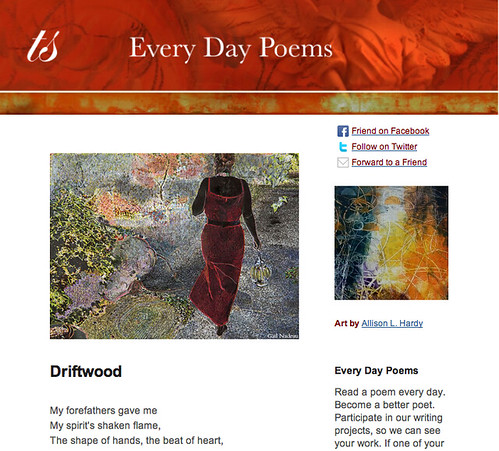“Do you have any homework?” I ask my step-sons each night they are with us. Sometimes the answer is no, but more often than not, at least one of them answers, “Just read and respond.”
Read and respond provides a great way for teachers to be sure that students are really reading. If they aren’t reading, how will they write about it? But even more, responding to reading is a way to engage with the ideas and reinforce comprehension. When my 9-year-old son has to describe the point of view of the narrator or suggest an alternate ending, he can do so only if he’s been paying attention while he was reading.
The technique of writing about what we’ve read isn’t just a tool for teachers. Writers often use another’s words to launch their own ideas. Newspaper readers write letters to the editor, responding to yesterday’s headlines; literary critics go beyond the surface-level ideas to write about an author’s deeper intent or personal backstory; and essayists often fill their work with snippets of others’ words, responding to many ideas at once.
Let’s not forget the blogosphere, either, which has become one giant read and respond exercise in many ways. For instance, editor Jane Friedman of The Virginia Quarterly Review recently used her personal blog to respond to a Salon.com article about women over 50 being invisible. In her post, Friedman referenced another blog response to that same article by her friend, Lynne Spreen. By reading and responding, Friedman kept the conversation going, adding her unique perspective.
Heck, even poets use read and response from time to time, taking poetry to the frontlines of social discussion by reading others’ works and responding in verse, as Karen Swallow Prior showed us in “Poetry Classroom: Nymph’s Reply to the Shepherd.”
How can you use read and respond to enhance or improve your own writing?
First, you have to read. Read about the things you like to write about, but also, if you want to be surprised, read more widely than usual, encountering new ideas or even opinions you disagree with. And don’t just suppose you should be reading nonfiction. Grab a collection of poems or that novel you were saving for the beach.
Then, decide how you will respond. You could respond privately as just an exercise, or you could really develop your thoughts and write a blog post, a letter to the editor, a poem, or an essay. In your writing, answer questions about what you’ve read, like how is the author’s main idea reflected in my life? Or, if I could say one thing to the main character, what would it be? You may just want to ask yourself what emotions the poem evokes or what experience you’ve had that connects you to the author, and start writing there.
So, here’s your homework for the day: Read something (like this post) and respond in the comments. Good news: you will not be graded!
Photo by MacRj, Creative Commons, via Flickr. Post by Charity Singleton Craig.
________________
Buy a year of Every Day Poems, just $5.99 — Read a poem a day, become a better poet. In May we’re exploring the theme Swans, Swallows, Phoenix.
The post Poets & Writers Toolkit: Read and Respond appeared first on .
